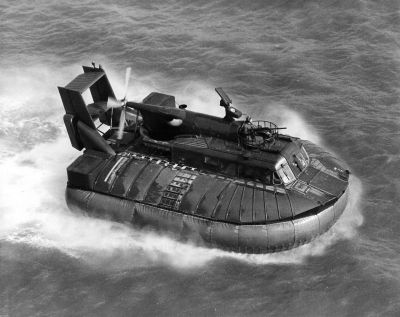An EU-funded project is unveiling an innovative and competitive waterborne transport solution with zero emissions, opening up a new world of possibilities for efficient electrically propelled vessels.
Numerous European cities exploit closed waterways and ferries to move
passengers and goods within the local environment. Conventional ferries
employ so-called all-wet hulls in which the entire hull is in contact
with the water. This creates a large surface area for resistance and
reduces efficiency and speed.
Scientists initiated the EU-funded project 'Battery powered boats, providing greening, resistance reduction, electric, efficient and novelty' (
BB GREEN) to develop the next generation of fast, efficient and emission-free commuter ferries for operation in sheltered waters. ASV hulls designed for more demanding operations are also available. The air-supported vessel (ASV) hull is supporting up to 85 % of full-load displacement on a cushion of pressurised air created with a lift fan system. The new ASV technology can reduce hull water resistance by 40 %.
The prototype will undergo extensive testing. For the follow up of the project the BB GREEN partners plan a European “dissemination road show” with the prototype vessel.
To reduce the vessel weight and boost overall efficiency BB GREEN vessels will have a carbon construction. Diesel engines are being replaced with battery electric drivelines for eco-friendly commuting. The lithium-titanate battery capacity will be 400 kilowatt-hours, sufficient to operate at design speeds of 30 knots for about 14 nautical miles between recharging. The zero-emission commuter ferry will be the first-ever 30-knots-fast ASV ferry.
Efficient contra-rotating pod propulsion systems will secure high efficiency, excellent manoeuvrability and on-board safety.
A full-scale ASV is under construction, and once completed it will be thoroughly tested. Battery electric drivelines and the lift fan system are also under construction. The BB GREEN team will then document performance and capabilities under typical operational conditions.
The new transport system will contribute to reducing traffic congestion in cities with inland waterways, with considerable environmental benefits. Press coverage and several articles disseminated project findings. The team has also participated in numerous conferences and exhibitions.

